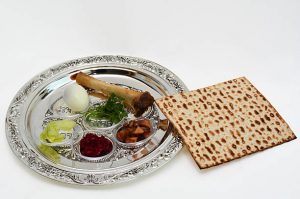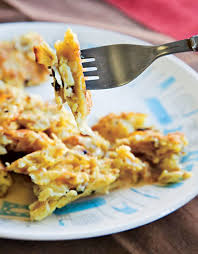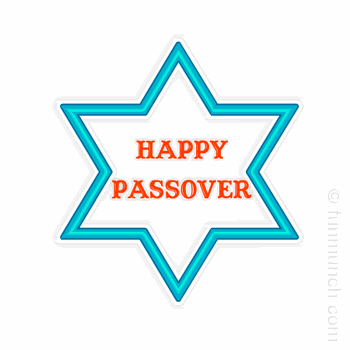
By Judith Berman-Yamada, Kitchen Maven
Passover commemorates the story of exodus, and the liberation of the Israelites, from 400 years of slavery, celebrating the biblical account of their redemption and escape nearly 3000 years ago.
It’s a holiday that is central to Jewish life and history. And it’s more widely observed than any other Jewish holiday. The word “Passover” is derived from the Hebrew word “pasach” which means “passed over”, and refers to a plague (10th plague) that killed the Egyptian first born but miraculously “passed over” the homes of the Israelites. After the plague, Pharaoh finally agreed to free all the Israelites and permit them to leave Egypt. The need to leave in a hurry didn’t allow the Israelites enough time for their bread to rise. So they baked unleavened bread, now commonly known as matzoh, for the journey.
People of the Jewish faith gather together with friends and family, every spring, to celebrate freedom and remind themselves that since they were once slaves and found freedom, they must always work for freedom for all people everywhere.
Passover is observed for one week (7 to 8 days) each spring, based on the Hebrew calendar, and has been celebrated in many ways, throughout history, including observing remnants of ancient Pagan spring harvest festivals that are also celebrated at Easter. Passover became a more family centered and communal holiday around 500-600 C.E.
The matzoh represents the haste in which the Israelites left Egypt. Leavened breads and grains are removed from Jewish homes during Passover and substituted with matzoh and homemade or purchased baked goods made with specially prepared Passover ingredients.

Passover 2019 begins at sundown on Friday, April 19, and ends Saturday evening, April 27. And, as with all holidays, both religious and secular, food and feasting are an important part of the scenario. Here are two of my favorite inexpensive, quick and easy Passover recipes.
Haroset
Haroset represents the mortar Israelites used to make adobe bricks when they were enslaved in Egypt. A Sephardic style consists of figs, dates and raisins. This recipe is a European version, and very tasty.
5 medium eating apples, peeled, cored and diced by hand.
1 cup raw walnuts, lightly toasted and chopped
2 tablespoons honey
1-teaspoon ground cinnamon
¼ cup sweet kosher wine, like Manischewitz, or any sweet red wine
Combine all ingredients. Cover and chill. Eat the same day. This is very good as a side for meat or sitting on top of a matzoh. Serves 4-6
Kitchen Maven recipe

Matzoh Brei (Bry)
This is so good, and basically a Jewish version of a traditional “egg and bread” breakfast.
6 tablespoons butter
2 – 3 scallions, including all white and 4” green top, thinly sliced or chopped*
4 matzohs
5 large eggs, beaten
Salt and pepper to taste
*To prepare a sweet version, omit the scallions and drizzle honey over the finished scramble.
Hold each matzoh under cold running water for a few seconds on each side. Set aside to drain in a colander. Melt butter in 10” frying pan on medium heat. Add scallions and sauté 2-3 minutes, stirring as needed. Crumble the matzoh into the pan in bite sized pieces. Stir. Turn heat to medium low. Add the eggs. Scramble, but don’t let it get too dry. Serve with hot sauce, sour cream or applesauce. Serves 3-4
Kitchen Maven recipe
Research: ReformJudaism.org
Timeanddate.com


